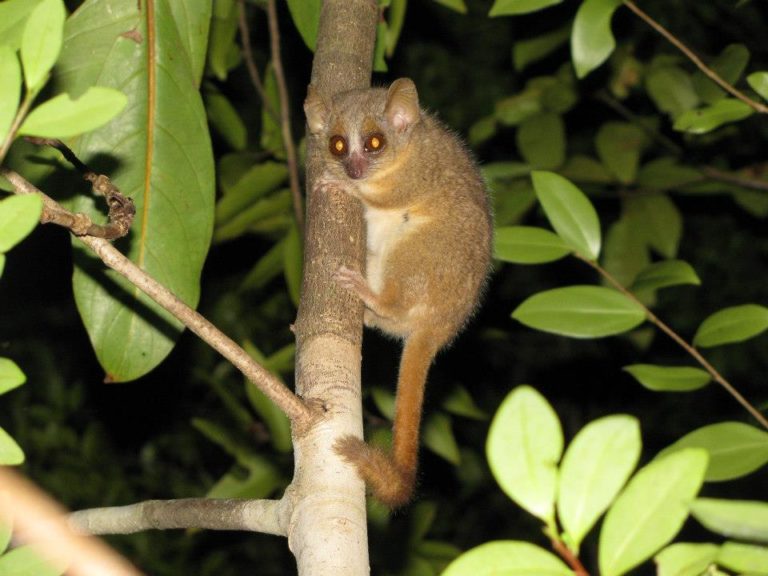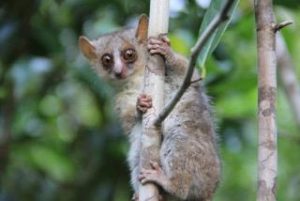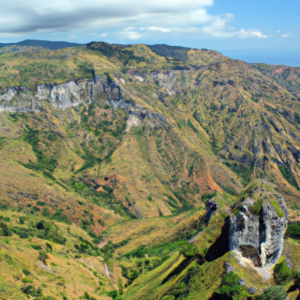Madagascar’s Primates
Three New Species of Mouse Lemurs Discovered!
The unpredictable landscapes of Madagascar offer numerous hiding spots for all kinds of creatures. They live in dark and inaccessible forests, hide in the shadows of vast mountain ranges, and camouflage perfectly in the dry savannah. Many of the native species are found only in very small areas. Their survival depends on the preservation of their natural habitats.
Discover three new species of mouse lemurs recently found by a group of scientists from Germany, the USA, and Madagascar. These tiny primates









